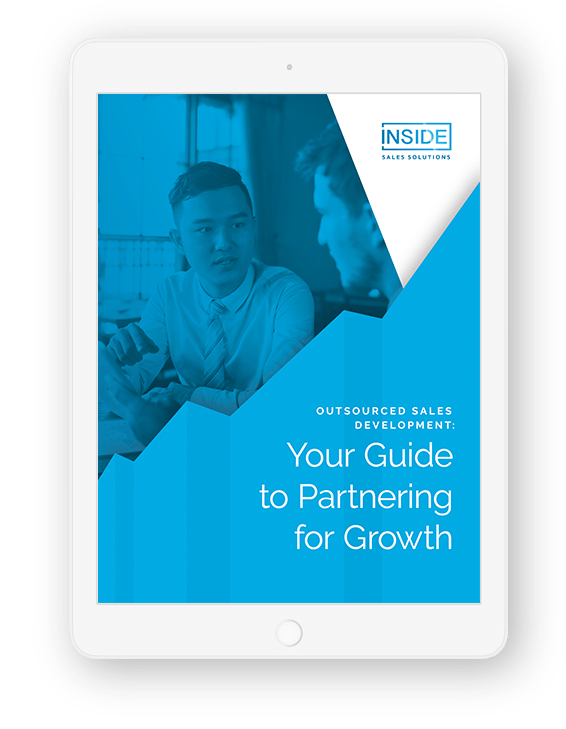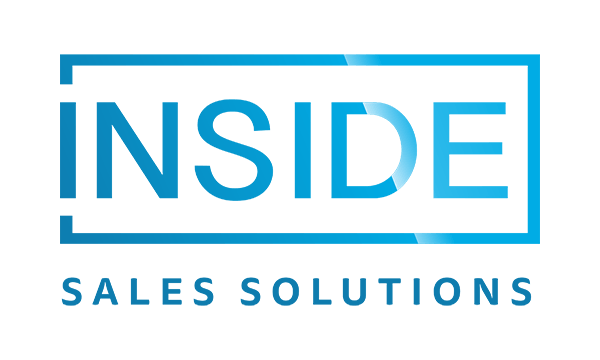Let’s start with the basics. What exactly is sales velocity?
According to HubSpot, “Sales velocity is the measurement of how quickly deals move through your pipeline and generate revenue.”
Ready to start crunching some numbers? Solving for your sales velocity looks a little something like this:

While defining and equating sales velocity may seem straight forward, the actual tracking, not to mention accelerating, can prove to be significantly more difficult. Between every prospective client’s distinct internal processes and the fact that most require 3-5 stakeholders to be involved in purchasing decisions, it’s easy to see where things can get a little off the rails.
Luckily, there’s a solve.
Get the Ultimate Guide to Maximizing Channel Sales
Accelerating Velocity in 2 Easy Steps
The drive to improve sales velocity isn’t a trade secret. Time is money, which makes powering your velocity a strategic necessity. But for most organizations, understanding what to do and where to start can make the prospect seem a little daunting.
Capture Leads Earlier
What are your leads doing right this minute? Most likely, if they are thinking of you at all, it’s in relation to researching your competition and creating a classic pros and cons comparison.
Here’s where your sales development can enhance lead capture efforts.
Your SDRs can help to reduce the time spent surfacing these leads through a few key initiatives:
1. Direct Outreach: Call, email, LinkedIn message. Every channel that keeps you top of mind and top of choice is essential.
2. Qualification: Downloading one eBook or case study from your website does not mean a lead is qualified. Accurately qualifying new leads ensures you never waste your time in a meeting with someone who isn’t really interested.
3. Nurturing: Just because a lead isn’t ready to convert right now doesn’t mean they never will be. Nurture those relationships. Hosting a webinar? Invite them. Have a new piece of stellar content? Send it their way. That way, when they are ready, you’re the obvious choice.
By focusing your efforts on finding and capturing leads earlier in their buying journey, you truncate the time in which your prospective leads are doing their own research and internal decision-making. Which means you effectively reduce the risk of them selecting a competitor over you.
Don’t have an internal sales development team? That’s where a great outsourced sales development partnership can work magic. Every year, Inside Sales Solutions generates more than 2,200 appointments and $130 million in pipeline for our dedicated SDR clients.
Shorten the Sales Cycle
Like most B2B organizations, your sales cycle probably spans the better part of three months. Between meetings, stakeholder reviews, and everyday focused work, the days really start to add up.
So you ask yourself: What can we do to reduce that valuable time when a prospect could be a paying customer? How do we reduce sales cycle and conversion timeline?
1. Offer a Trial Version: Would you buy a car without test driving it? Offering your prospects the opportunity to test out your solution alleviates any potential buyer’s remorse and makes them that much faster to sign on.
2. Discuss Any Objections or Hesitations: You can’t overcome objections if you don’t know what they are. Having an open conversation means you know where the hesitations lie and can more easily overcome them.
3. Be Transparent About the Dollars and Cents: Price point should never be a surprise. Clearly outlining cost and presenting that perceived value keeps you and your prospective client on the same page.
4. Make Sure You’re Talking to the Right People: If you aren’t talking to the decision-maker(s), how do you move the process forward? Make sure the right people are in the room.
5. Offer Proof Points: 93% of consumers say that online reviews influenced their purchase decisions. So why not offer those reviews to your prospects in the form of case studies or testimonials? Showcasing how you have helped similar companies is the fastest way to gain trust.
6. Create Value Up-Front: Who doesn’t love a freebie? And it doesn’t have to be expensive. Something as simple as making a few key suggestions for improvement can put you miles ahead of the competition.
7. Make It Social: Use social channels to connect with leads and prospects. Answers their questions in real-time, share relevant content, and begin (social) selling.
8. Don’t Forget to Target Personas: Speaking the prospect’s language and delivering to their pain points and interest is how you truly engage for optimal buy-in and understanding.
Speed to Lead: Reaching Out When It Matters Most
With the rise of inbound sales leads comes a new challenge for your sales team.
Speed to lead.
In case you’ve never heard this term, speed to lead refers to the time it takes for an organization to reach out to their inbound leads. Faster really is better.
At a minimum, this means connecting with your leads within the same business day. However, the ideal time you should be aiming for is 5 minutes or less. Yep, you heard us right, 5 minutes or less
While that might seem impossible, there are a few key reasons why such a fast turnaround has proven effective.
- The faster you reach out, the better shot you have at connecting with your prospect while they are actively engaging with your online content and researching your organization. You can answer questions, explain your solutions, and make a positive first impression.
- Even better, if your organization is the first to reach out to that prospect, you gain a huge advantage over competitors. This gives you the opportunity to position yourself as a thought leader in the space, as well as setting a few trap questions for your competition.
Measuring Success
While Sales Velocity is certainly not the only metric by which success is measured, it offers a unique perspective on the “behind the scenes” of your sales process. And when you know how it works, you know how leverage it to drive optimal results!
Considering Outsourced Sales Development?
Don't make your decision until you read our guide to creating a successful partnership for growth.


